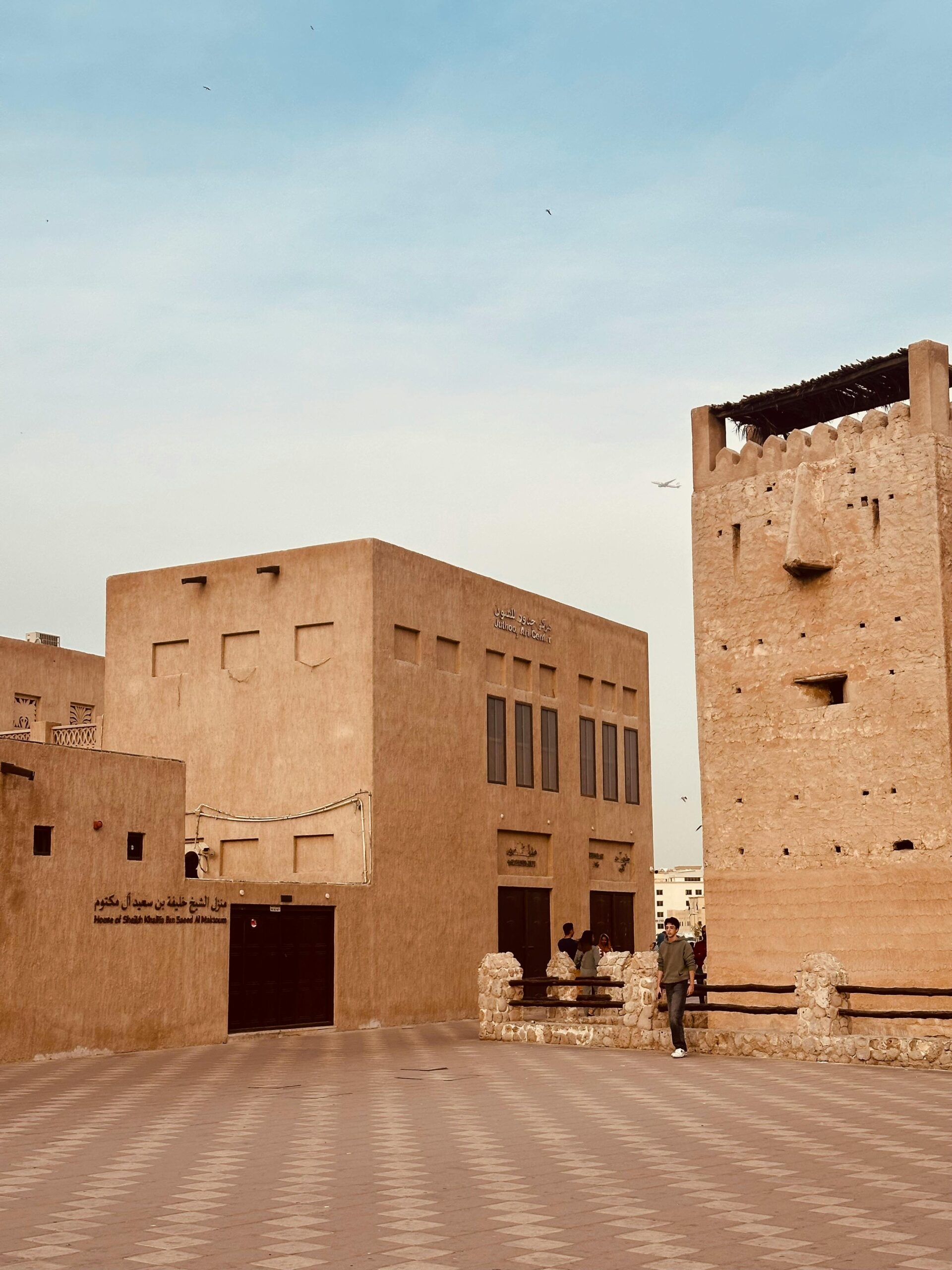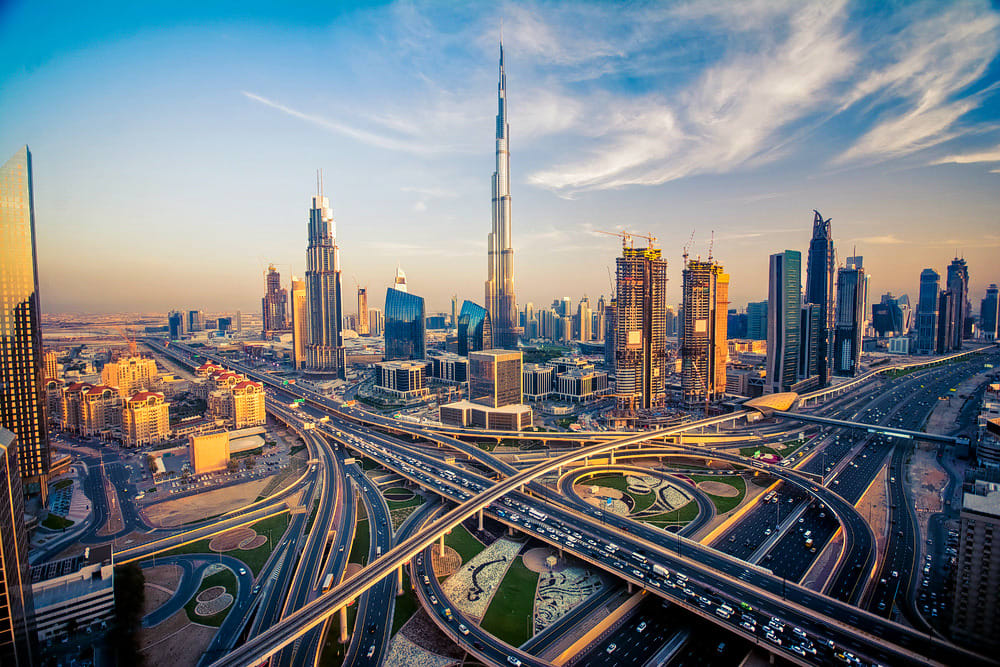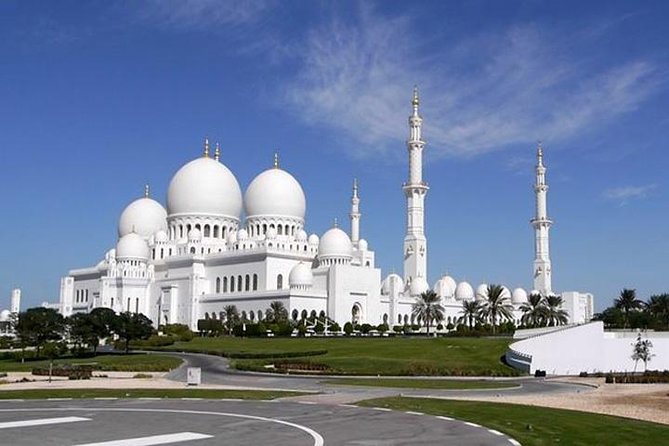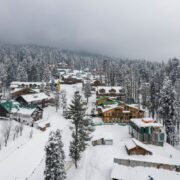
Dubai’s Traditional Side: A Journey Through Its Historic Heart
Dubai is known all over the world as the place of high skyscrapers and luxurious shopping malls, yet behind the glamorous skyline hides a rich cultural heritage and history. The traditional aspect of the city gives a strong contrast to its modern image, attracting tourists to the world where the ancient customs, building, and Emirati way of life come into life. A Dubai traditional city tour is the ideal entry point into the historic centre of the city to any person who wants to get the pulse of the city.To help plan such an immersive experience, consider booking your tour with Go Kite Travel—the best travel agency in Dubai—known for crafting personalized heritage tours that bring these hidden stories to life.
The city offers winding alleys, busy souks, grandiose wind towers and tranquil creeks to plunge in the origins of the city. You may be walking through the old quarter of Al Fahidi, taking a ride on an abra across the Dubai creek, or wandering through the Spice Souk, but a Traditional Dubai sightseeing tour is not just about taking photographs; it is about stories, tastes and experiences that are written in the sands of time. So, it is time to dive into the history of the traditional Dubai jewels.
1. Al Fahidi Historical Neighbourhood (Al Bastakiya)
Al Fahidi Historical District or Al Bastakiya is one of the most antique heritages in Dubai. It was built by Persian traders in the late 19th century, and is a fine specimen of traditional Emirati architecture. Narrow lanes, sand-coloured buildings and famous wind towers are the reminders of the past appearance of Dubai before oil boom. You will find art galleries, mini-museums, and cozy cafes as you stroll through the labyrinth of alleys and they make the district come to life. Your Dubai traditional city tour is complemented by the Dubai Museum housed in the nearby Al Fahidi Fort and provides you with information about the history of the city as it developed into a world center after being a small fishing village.
2. Dubai Creek: The Place of Origin
Dubai Creek is the historic core of the city and the cradle of the economy of the city. The creek was used in trade with India, Africa and others, over the centuries. One can now enjoy a view of old and new Dubai by taking a traditional wooden abra (water taxi) ride today. It is the best part of any Traditional Dubai sightseeing tour. There are two critical districts on both sides of the creek; Deira and Bur Dubai. Deira is famous by its lively souks, whereas Bur Dubai is a place where most of the oldest neighborhoods of the city are located. Observing the abras maneuver through the creek with the call to prayer reverberating through air is a real taste of traditional Emirati life.
3. Dubai Gold Souk and Spice Souk
A tour in the old Dubai can never be complete without a visit to the world renowned souks. The gold souk is a dazzling maze of stores which display exquisite pieces of jewelry, including the classic Arabic designs, as well as the modern designs. The experience is hypnotizing even when you are not making any purchase. The Spice Souk is only a few minute walk away and its air is full of the pungent smell of cinnamon, saffron, dried lemons, and frankincense. Sellers are keen on telling tales about their products, and in many instances, they would permit touching, smelling, and tasting. These busy markets are the focal point of any Dubai traditional city tour and provide the glimpses of Emirati trade and bargaining.
4. Al Seef: Tradition and Modernity Combined
Al Seef is a recently established part of the traditional landscape, situated along Dubai Creek, which skillfully combines the old-world atmosphere with the modern conveniences. Al Seef recreates the feel of an ancient Emirati town with cobblestone streets, heritage buildings and street decoration, as well as an immersive experience. Here you will have an opportunity to have a traditional Emirati meal in a restaurant at the creek, buy handicrafts or visit galleries where local artistry is displayed. Al Seef is the best place to visit when one wants to have a Traditional Dubai sightseeing tour that has a lot of nostalgia but also a lot of comfort.
5. Sheikh Mohammed Centre for Cultural Understanding (SMCCU)
To learn more about the Emirati customs, religion, and traditions, the Sheikh Mohammed Centre for Cultural Understanding is a must-visit place by any traveler willing to learn more about the Emirati culture. This center is situated in the Al Fahidi District, where it facilitates the open dialogue and cultural exchange with guided heritage tours, traditional meals, and Q&A sessions. The visitor may have an Emirati breakfast/lunch and ask questions about the Arabic culture in an open environment. It is an excellent chance to learn traditional culture in the authentic way during the Dubai traditional city tour.
6. The History of Traditional Emirati Cuisine
Another view through the window of the culture is traditional Emirati food. Local cuisine Restaurants and heritage cafes in old Dubai offer local food such as Machboos (spiced rice with meat or fish), Luqaimat (sweet dumplings), and Harees (wheat and meat porridge). Eating in such restaurants as Al Fanar Restaurant or Arabian Tea House makes your tour more sensual. The meals are usually consumed in courtyards or traditional houses, which further makes the Traditional Dubai sightseeing tour to be more authentic. Food is not just food- it is narration.
7. Heritage House and Grand Souq Deira
The Grand Souq Deira, which used to be the biggest one in the region, delights with a great variety of souvenirs, perfumes, fabrics, and spices. It is far less touristy than newer shopping areas and provides a great feeling of local business and locality. The Heritage House, constructed in 1890 and located next door is a demonstration of how affluent families lived in the old Dubai. It revives the past with its open-air courtyard, traditional decor and informative displays. All these places enhance the experience of touring a traditional city of Dubai and show the simplicity and beauty of the pre-modern Emirati life.
8. Al Ahmadiya School and Dubai Heritage Village
The other important stop in your tour is the Al Ahmadiya School, the first semi-formal school in Dubai that was founded in 1912. It has become a museum and displays the Emirati educational experience as it happened through the decades. In the same line is the Heritage Village, which is in the Shindagha area and replicates the traditional Bedouin life with live displays of pottery, weaving and so on. These are the places that glorify the heritage preservation, and they are an inherent part of Traditional Dubai sightseeing tour, especially when it comes to people who travel with families and children.
Conclusion
Although Dubai is a modern city of development, its rich history is still well preserved and provides the travelers with a unique opportunity to step on the threshold between the present and the past. A traditional city tour to Dubai is not just a sightseeing trip to some old structures, but a guided tour in culture, society and legacy. The call to prayer, the allure of a spice dealer, the dignity of the historic houses, all these are the details of the story of the eternal spirit of Dubai.
It is not enough to just take pictures of the glitz and glamour to get to know Dubai, one has to get to the heart of the city. The best way to do that is to be a part of a Traditional Dubai sightseeing tour, where every alley tells you history, and every encounter is a memory to keep. To the tourists interested in learning the history of Dubai, this visit to the historic core of the city is as indispensable as a selfie against a skyscraper.
Read More
Recent Posts
8 Romantic Spots in Kashmir for Couples
Best US Travel Spots for Families Visiting from Dubai
Atlantis Aquaventure Ticket: Is It Worth It for Just Half a Day?
Tags

Dubai




